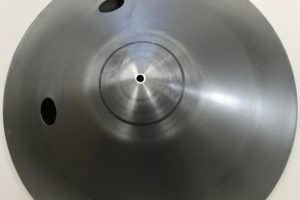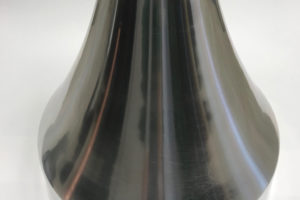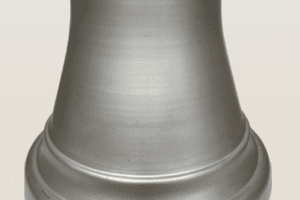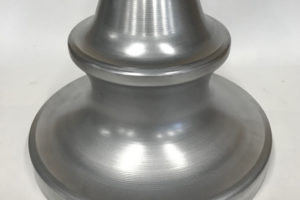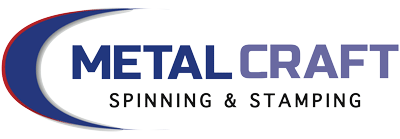Commercial Lighting Uses
Industrial and commercial spaces rely on commercial lighting to provide good environments for work, socializing, shopping, and other uses. Commercial lighting appears in a multitude of settings, with different levels of luminescence and focused light for different applications:
- Stores use overhead commercial lighting to create bright, day-like conditions for shoppers
- Offices use commercial lighting to create environments that maximize productivity—some office lighting even emits vitamin D to boost employee morale
- Large buildings like schools and government institutions often need different light levels in different areas of their facilities, such as in lobbies, walkways, and halls, depending on the functionality and aesthetic requirements of each area
- Hospitals require bright lighting to keep medical workers alert and to boost visibility during delicate procedures
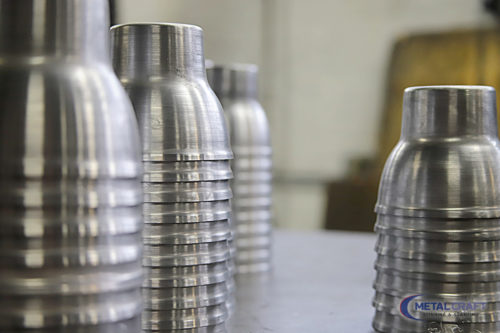 The most popular types of commercial lighting use fluorescent or LED systems to illuminate large areas in environmentally efficient and cost-effective ways. These lighting fixtures use reflective panels and energy-saving bulbs to amplify light output without consuming excessive amounts of electricity. This results in longer lifespans, enhanced durability, and better energy savings from your lighting equipment.
The most popular types of commercial lighting use fluorescent or LED systems to illuminate large areas in environmentally efficient and cost-effective ways. These lighting fixtures use reflective panels and energy-saving bulbs to amplify light output without consuming excessive amounts of electricity. This results in longer lifespans, enhanced durability, and better energy savings from your lighting equipment.
Because of all this, navigating the world of commercial lighting can be tricky—with so many options and customizable features to choose from, it can be hard to determine the best solution for you or your client’s needs. For this reason, it’s important to work closely with lighting manufacturers to determine the best course of action for your next lighting project.
Metal Craft offers a number of services geared toward finding and installing the best commercial lighting products for your facility, which we outline below:
Metal Craft Spinning & Stamping Custom Commercial Lighting Products
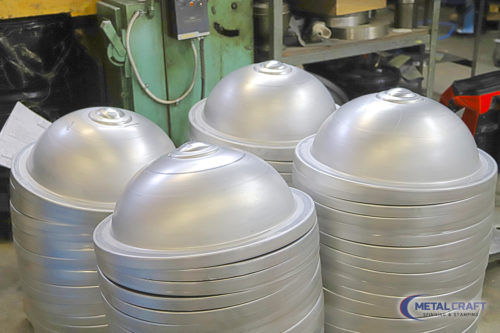 Metal Craft has manufactured top-quality lighting and lighting reflectors for over 50 years. We perform both metal spinning and metal stamping on materials ranging from brass, copper, stainless steel, and cold-rolled steel.
Metal Craft has manufactured top-quality lighting and lighting reflectors for over 50 years. We perform both metal spinning and metal stamping on materials ranging from brass, copper, stainless steel, and cold-rolled steel.
We most often use aluminum in our commercial lighting projects. Aluminum’s reflective surface and light weight make it a great candidate for use in industrial lighting.
We also use a variety of tools, including CNC machines, hand lathes, and hydraulic presses to manufacture custom lighting solutions to client specifications. We offer plating, anodizing, and metalizing services depending on the kind of lighting fixtures you aim to create.
We have the capability to provide pieces for both low and high-volume orders as needed. Our engineering department can work with you to design a prototype to ensure that you achieve the project goals you’ve set. We can produce a large selection of shapes including:
- Dished
- Domed
- Domed with flange
- Flanged
- Flanged and flued
- Flanged, dished, and flued
- Hemisphere
- Semi-elliptical
- Trumpet
If you don’t see the basic shape you have in mind for your part or product in the list above, we have the engineering, design, and tooling expertise to make your custom shape reality, and at the precision tolerances, you require.
Common Commercial Lighting Fixtures
We build several varieties of lighting fixtures for our clients, including:
- Tubular fluorescent light fixtures: These ceiling fixtures consist of long, tubular bulbs housed in translucent lenses that amplify light output. While many fixtures contain two bulbs, some fixtures can accommodate one, three, or four bulbs as needed. Energy efficient and built to last, tubular fluorescent light fixtures are one of the most common ways to light offices, schools, and facilities that see daily use.
- Compact fluorescent light fixtures: Areas that require softer, more natural lighting, as well as lamps and other small lighting devices, use compact fluorescent bulbs to efficiently provide desired illumination levels. Compact fluorescent bulbs consist of tubes that twist around an axis to make them fit in small spaces. Because of this, they come with many of the same benefits as incandescent bulbs, but they’re safer and more energy efficient than older lighting techniques.
- T5 fluorescent light fixtures: T5 fluorescent fixtures consist of long-lasting fluorescent bulbs that you can hang in troffer and high-bay/high-ceiling settings. They require minimal maintenance and are great for helping you cut down on energy usage. Sometimes, these light fixtures also accommodate LED bulbs, which is becoming more common as technology improves.
- LED light fixtures: LED lights operate by running electricity through a semiconductor and then amplifying the resulting light with reflecting panels. Typically, LED lights group a large amount of these semiconductor–reflector setups together to produce more light. Installing LED lights may require some modifications to your fixtures, but improved energy savings will offset these expenses. LED lighting also lowers your A/C bill as they generate much less heat than other light fixtures.
Do You Know Your Lux Level Requirement?
Many facilities require varying degrees of lumination depending on their application. Under-illuminating your room may make it too dark to carry out regular operations, but setting your lights too bright will result in an uncomfortable environment for employees and patrons.
Determining your ideal lux level will allow you to choose lighting setups with greater confidence. You can calculate a light’s lux by measuring the number of lumens a light emits per square meter of surface. Lux levels naturally fall as spaces get bigger, which pushes surfaces further away from the light source. For example, if you’re illuminating a painting, lux levels will increase the closer it is to the light source, and they’ll fall as you move it further away.
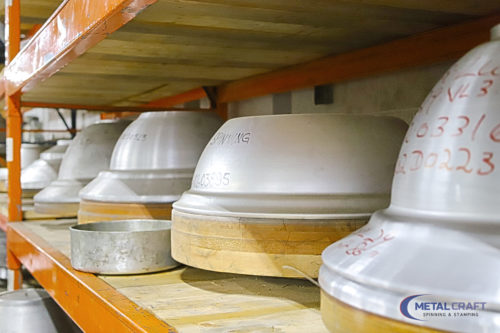 Most offices set their lux levels at around 400–500 lux. This creates a bright working environment without being too harsh on an employee’s eyes. Facilities in which workers perform delicate visual tasks, such as operational theaters or detailed mechanical workshops, usually require lux levels of around 1,000 lux, whereas low-light environments such as warehouses, theaters, and archives operate at 150 lux.
Most offices set their lux levels at around 400–500 lux. This creates a bright working environment without being too harsh on an employee’s eyes. Facilities in which workers perform delicate visual tasks, such as operational theaters or detailed mechanical workshops, usually require lux levels of around 1,000 lux, whereas low-light environments such as warehouses, theaters, and archives operate at 150 lux.
A light source’s wattage is another important factor when considering how to illuminate your facility. Using low-watt light bulbs translates into more energy savings for you. To calculate luminous efficacy, or how much illumination per watt your bulb will create, divide the light’s lumen output by its wattage. This value will allow you to determine how much light your fixtures produce, helping you choose the most efficient source for your facility.
Light Up Your Facility with Metal Craft
Metal Craft Spinning & Stamping builds everything from custom fixtures to lighting reflectors for a variety of commercial lighting applications. Our decades of metal forming experience mean that we have the know-how to perfect any lighting design to your specifications. We operate with CNCs, hand lathes and hydraulic presses to deliver top-quality products.
If you would like to learn more about our commercial lighting metal-forming capabilities, contact us and request a free quote today.
